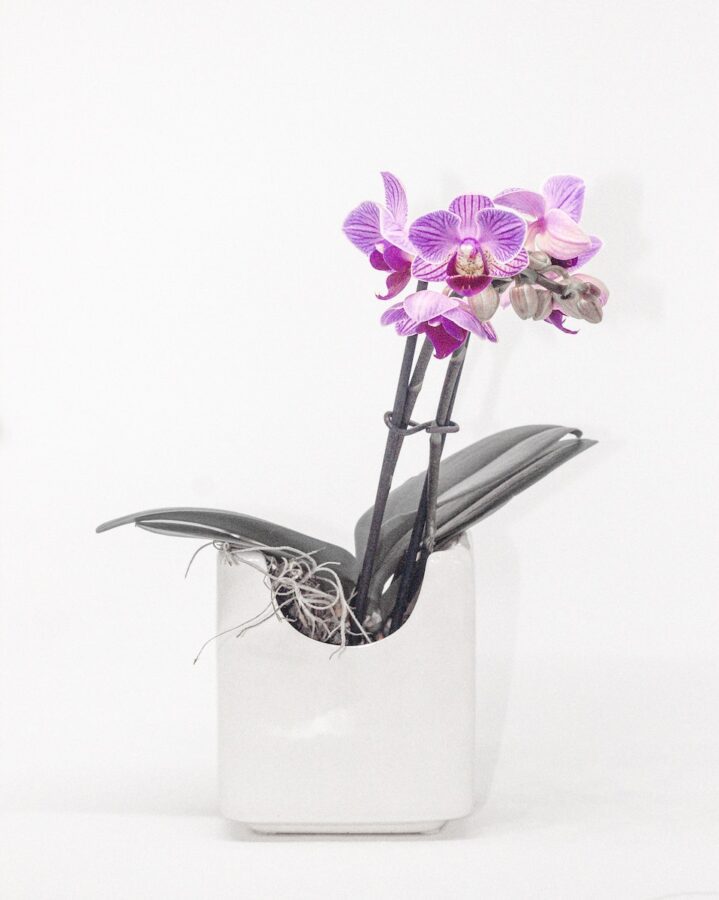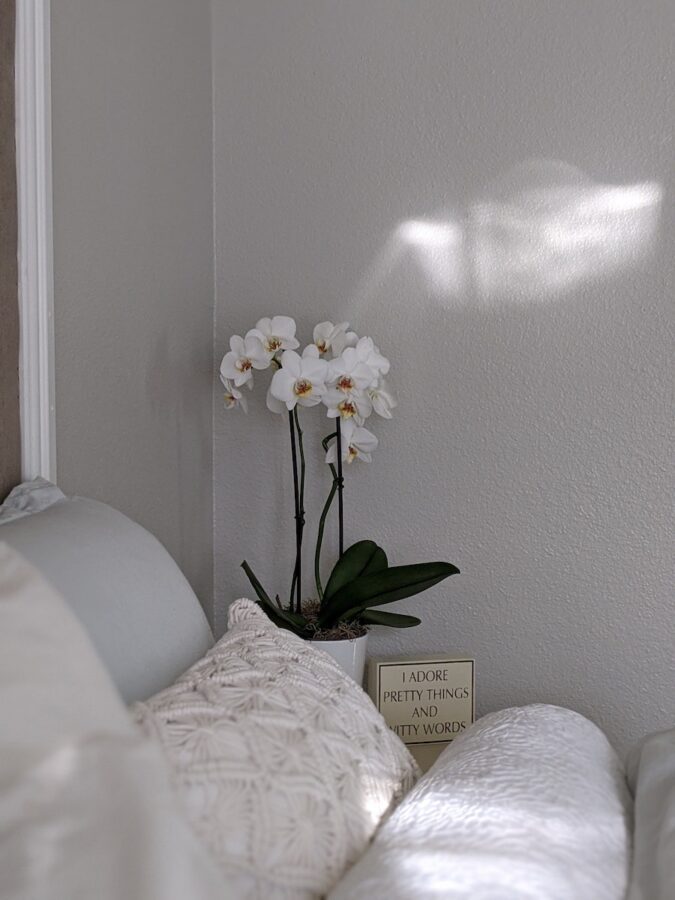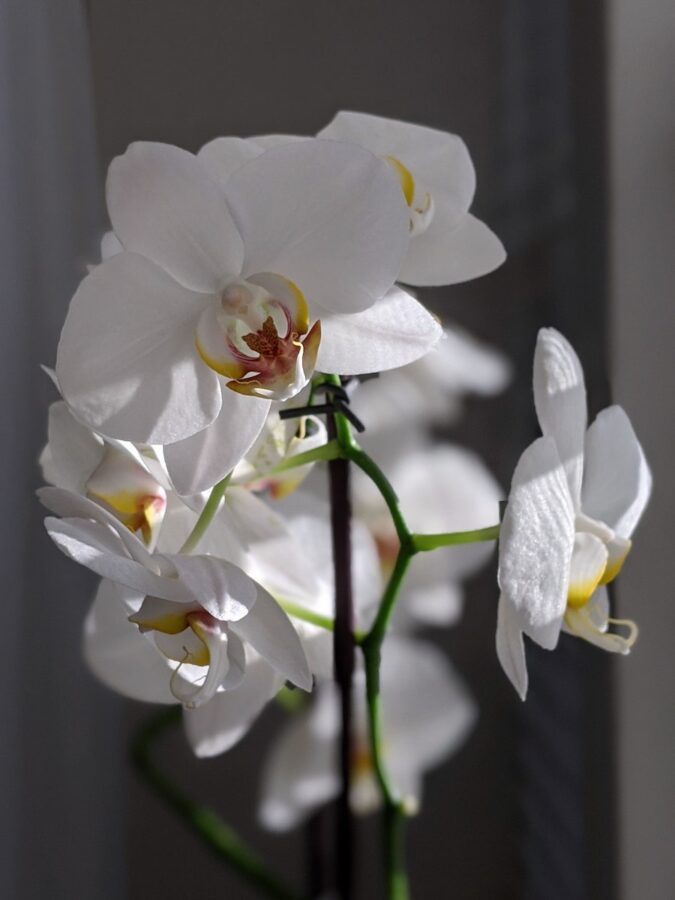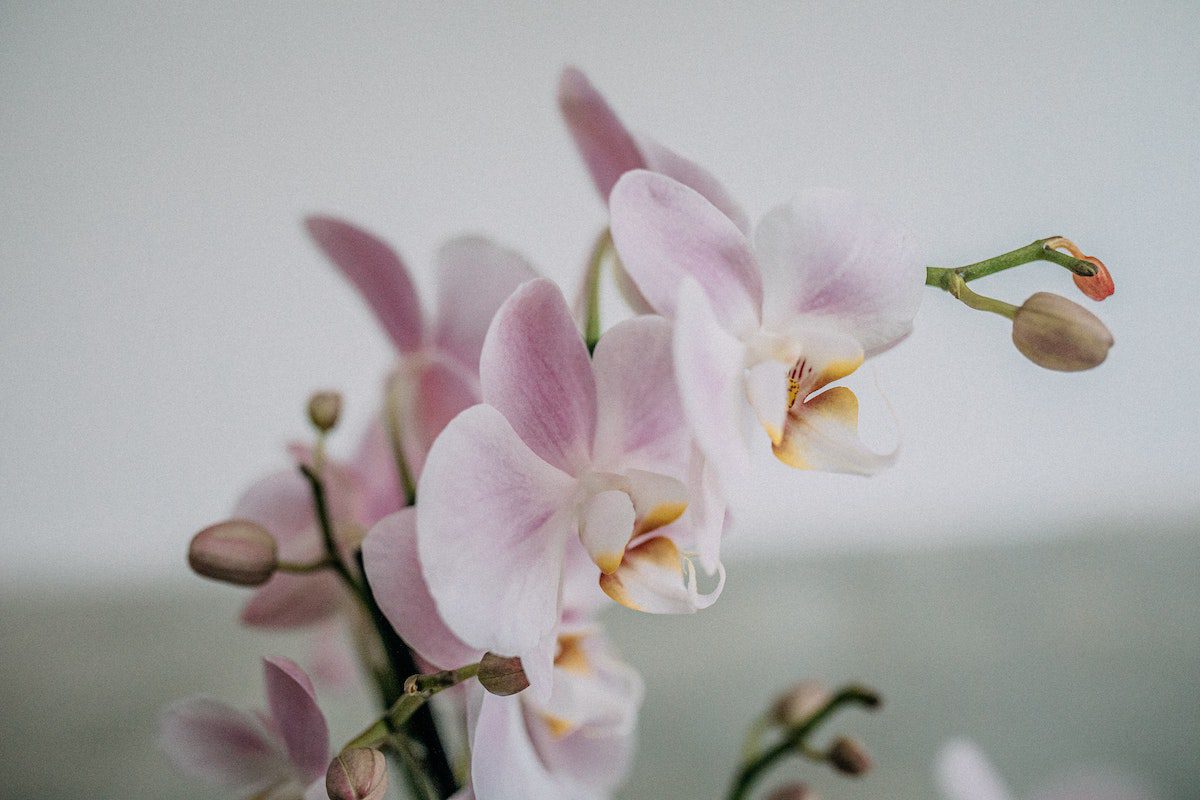For many, orchids are seen as a fancy flower that is reserved for royalty and the upper class. However, one must remember that the orchid has become far more accessible to gardeners across the globe and now anyone can grow and care for an orchid from the comfort of their own home.
There is nothing better than finding the perfect type of orchid to compliment your home or living space beautifully, but it is essential to understand how to care for it properly. This article looks to answer the common question “how long do orchids live for?”.
And without trying to scam you, the answer is “it depends”. This article will highlight what exactly it depends on and will tell you how long an orchid can live for in an ideal world where it is cared for properly.
Table of Contents
The Lifespan of an Orchid

I won’t beat around the bush any longer. If perfectly taken care of, the lifespan of an orchid will range from 20-24 years. Some varieties have even been known to last for decades. However, one thing to note is that even when it is not “growing season” and the orchid is a little more dormant, you should still care for it. This means watering or misting it regularly so that it can retain nutrients. This will help your plant bloom in the future.
Orchids tend to have a particular life cycle. Understanding this can help you when you are growing the orchid and looking after it. The stages are germination, growth, flowering, blossoming, fruiting and seed disposal.
The beauty of the orchid is that its life cycle is reliable and every year, the cycle resets, making them quite easy to grow. This makes orchids Perennials, which are plants that once planted, will continue to grow yearly.
They can be grown in a greenhouse, but in all honesty, the best growth concerning an orchid comes from indoor growth with plenty of watering and care.
The Life Cycle: In more detail

Like many other plants in the world, the orchid has a few stages to its life cycle. It is pollinated wither manually or through insects or bees. After this, the seed will form over time, usually taking anywhere from weeks to months.
This will solely depend on the type of orchid and the conditions that it is subject to. When it comes to germination, orchid seeds require a fungus.
These are mycorrhizal or epiphyte types of fungus found in the soil for the seed to grow. The fungus lives in the orchid roots, which helps with the absorption and processes nutrients to the plant.
Keeping your Orchid alive

As we have established, an orchid can survive for up to 20-25 years if cared for properly. But that will never always be the case. Importantly, it would help if you looked to keep your orchid away from pests and disease, otherwise, the lifespan will shorten dramatically.
Watering them regularly will reduce the risk of issues arising. Similarly, regular fertilization with a good liquid agent will help prolong the life cycle of the plant. I would recommend once per month or once every three weeks at a push.
FAQs

There are a couple of steps that one can take to ensure that their orchid is taken care of properly. For one, look to water your orchids regularly. Once per week is typically enough during the growing season. Also, look to keep your orchids in humid environments.
This will ideally be in areas with 40-60% humidity. Furthermore, it would be best if you looked to fertilize your orchids once per month too. Liquid fertilizer will always work best and will offer the most nutrients.
This will depend on the time of year, but in spring and summertime, look to water your orchid once a week. In winter, watering once every 2-3 weeks is enough.
Typically, an orchid will take around 8-12 weeks to regrow if properly managed.
There are a few reasons to why your orchid may not be blooming properly. The most common of all would be a lack of light or nutrition. Other than that, you may not be using the correct fertilizer. Always be sure to use a good quality fertilizer when maintaining the health of an orchid.
If your leaves turn yellow and fall off of the plant, there are a few reasons behind it. For one, your plant could be subject to too much light; secondly, the temperatures may be too cold, or third, your orchid may be home to spider mites.
Your course of action should depend on the cause itself. If the leaf is in a place that is too bright, consider moving it away from that spot. If your plant is in a colder area, consider placing it somewhere a little warmer.
Finally, if you feel that the plant is subject to any disease or infection, remove the leaves from the plant. Just be careful when cutting leaves because you could give the infection a greater chance to spread.
After the orchid blooms have fallen off, you have two options: cut off the flower spike close to its base, or, if the plant is healthy, cut it at a point two or three nodes from the base. It stimulates the plant, and a new branch may grow and flower.

